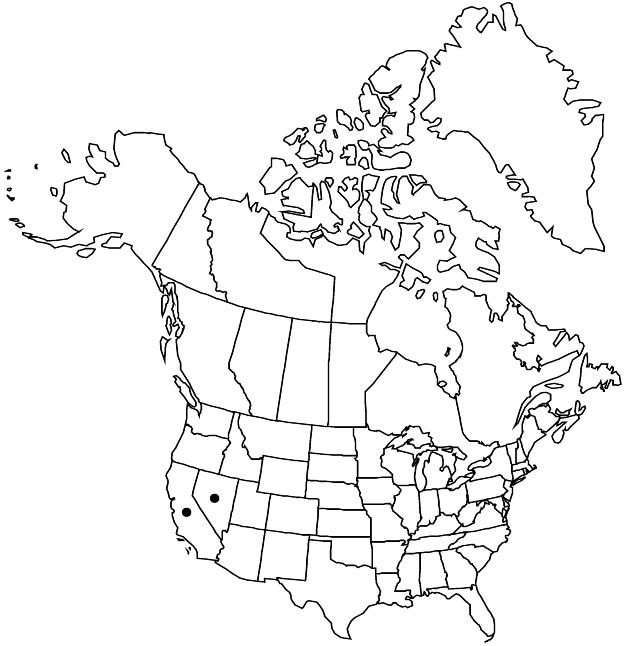Ivesia webberi
Proc. Amer. Acad. Arts 10: 71. 1874.
Plants ± green, ± rosetted; taproot slender to ± stout, not fleshy. Stems decumbent to ascending, 0.5–1.5(–1.8) dm. Basal leaves loosely ± cylindric, 3–7(–10) cm; sheathing base ± strigose abaxially; petiole 0.5–5(–6) cm, hairs 2–4 mm; leaflets 4–8(–10) per side, (0.5–)3–8(–10) mm, loosely long-strigose or -villous and short-hirsute, ± glandular, lobes 2–5(–12), linear to lanceolate, apex not setose. Cauline leaves 2, paired. Inflorescences 5–15(–25)-flowered, 1.5–3(–6) cm diam.; glomerules 1. Pedicels (0.5–)1–8(–13) mm. Flowers 9–12 mm diam.; epicalyx bractlets linear, 1.2–3 mm; hypanthium cupulate, 1–2(–2.5) × 2.5–5 mm; sepals 2.5–4.5(–5.5) mm, acute; petals yellow, narrowly oblanceolate, 2–3(–4) mm; stamens 5, filaments 1.8–2.5(–3) mm, anthers yellow, (0.8–)1–1.6 mm; carpels 3–8, styles 1.8–2.2 mm. Achenes light brown, often mottled darker brown, 1.9–2.5 mm.
Phenology: Flowering late spring–early summer.
Habitat: Dry flats and slopes, in sagebrush communities, conifer woodlands
Elevation: (1300–)1500–1900 m
Discussion
Of conservation concern.
Ivesia webberi is known only from the eastern foothills of the northern Sierra Nevada and scattered ranges to the east in California and adjacent Nevada. It is among the more distinctive species in the genus and is only tentatively placed in sect. Ivesia. The leaflets are loosely incised into slender, sparsely villous segments, and the two cauline leaves are paired with dissected stipules. Previous reports of the stems and inflorescence branches being glandular-puberulent are due to a misinterpretation of the minute pustulose bases associated with the villous indumentum as being enlarged glands.
Selected References
None.
